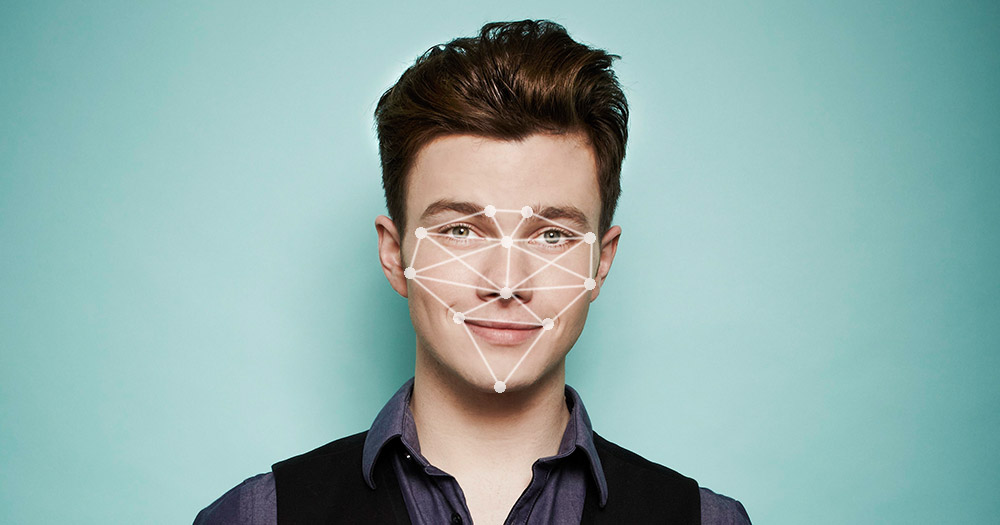GLAAD (formerly Gay and Lesbian Alliance Against Defamation) and Human Rights Campaign called on Stanford University – where recent research conducted by Michal Kosinski and Yilun Wang showed that machine vision can infer sexual orientation with 81% accuracy in men, and 74% in women – “to expose dangerous and flawed research that could cause harm to LGBTQ people around the world.”
In a joint statement published on Glaad.org, the two groups accused the Stanford study of flawed methodology including: “that it made inaccurate assumptions, categorically left out any non-white subjects, has not been peer reviewed”.
“Technology cannot identify someone’s sexual orientation,” said Jim Halloran, GLAAD’s Chief Digital Officer.

What their technology can recognise is a pattern that found a small subset of out white gay and lesbian people on dating sites who look similar. Those two findings should not be conflated.”
“This research isn’t science or news, but it’s a description of beauty standards on dating sites that ignores huge segments of the LGBTQ community, including people of color, transgender people, older individuals, and other LGBTQ people who don’t want to post photos on dating sites,” added Halloran.
Among the other criticisms the groups had of the study’s methodology:
-
The study did not look at any non-white individuals.
-
The study was not peer reviewed.
-
The study assumed there was no difference between sexual orientation and sexual activity, which is incorrect.
-
The study assumed there were only two sexual orientations — gay and straight — and does not address bisexual individuals.
-
The study only looked at out gay men and women who are white, of a certain age, and are on dating sites. It is not surprising that gay people (out, white, similar age) who choose to go on dating sites post photos of themselves with similar expressions and hairstyles (one of the characteristics according to the study).
-
The study reviewed superficial characteristics in the photos of out gay men and women on dating sites such as weight, hairstyle and facial expression.
In the Stanford University study, full results of which will be published soon in the Journal of Personality and Social Psychology, over 130,741 images of 36,630 men and 170,360 images of 38,593 women downloaded from a popular American dating website and entered into a logistic regression aimed at classifying sexual orientation.
Given a single facial image, the classifier could correctly distinguish between gay and heterosexual men in 81% of cases, and in 74% of cases for women.
Researchers say they conducted the research to warn policymakers of the power of machine vision, pointing out that they had not devised any new technology in furtherance of the study and that they “merely bolted together software and data that are readily available to anyone with an internet connection.”
We reached out to the Irish Council for Civil Liberties for a statement on the subject, and they responded saying they have no position on the matter at this time.
© 2017 GCN (Gay Community News). All rights reserved.

comments. Please sign in to comment.